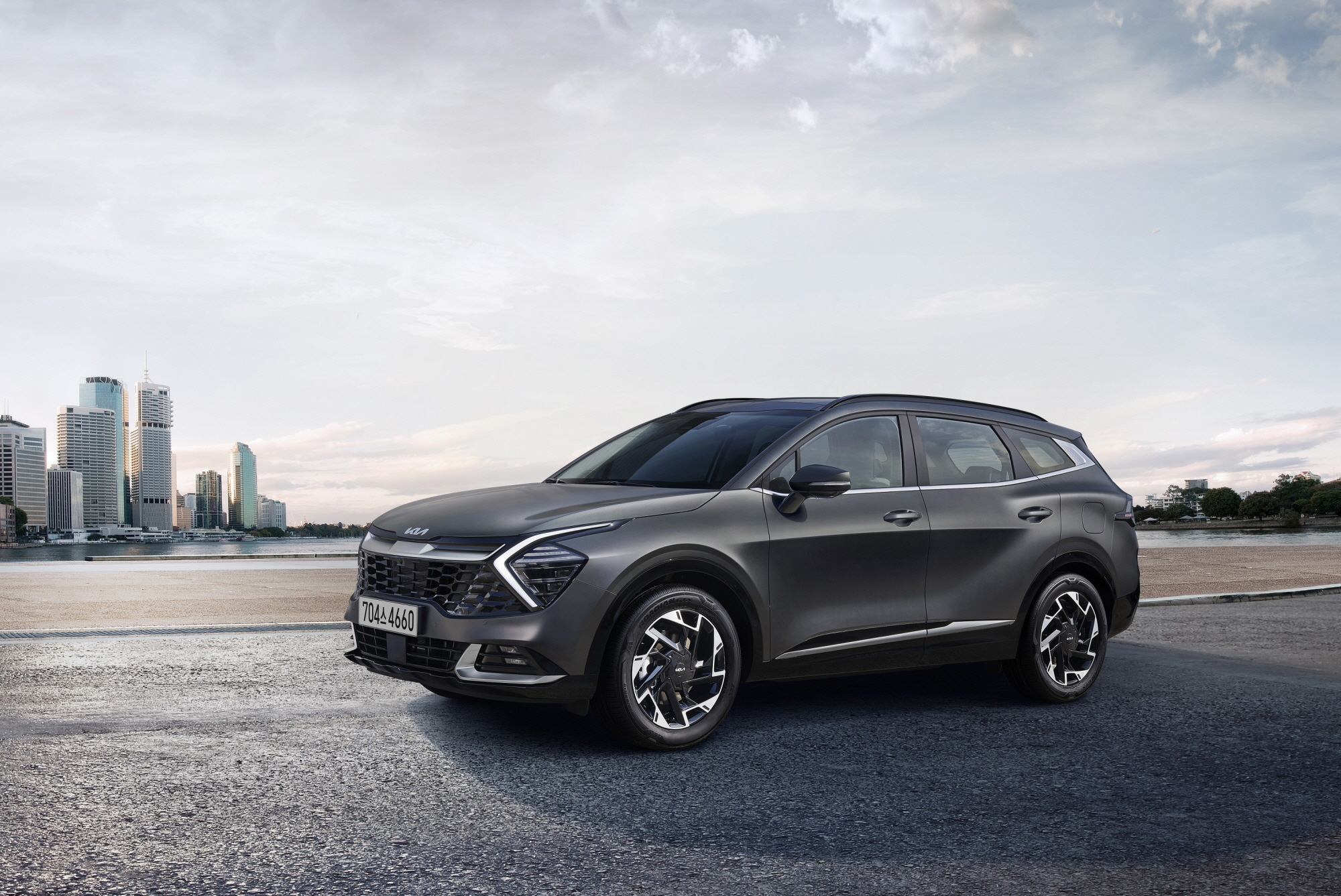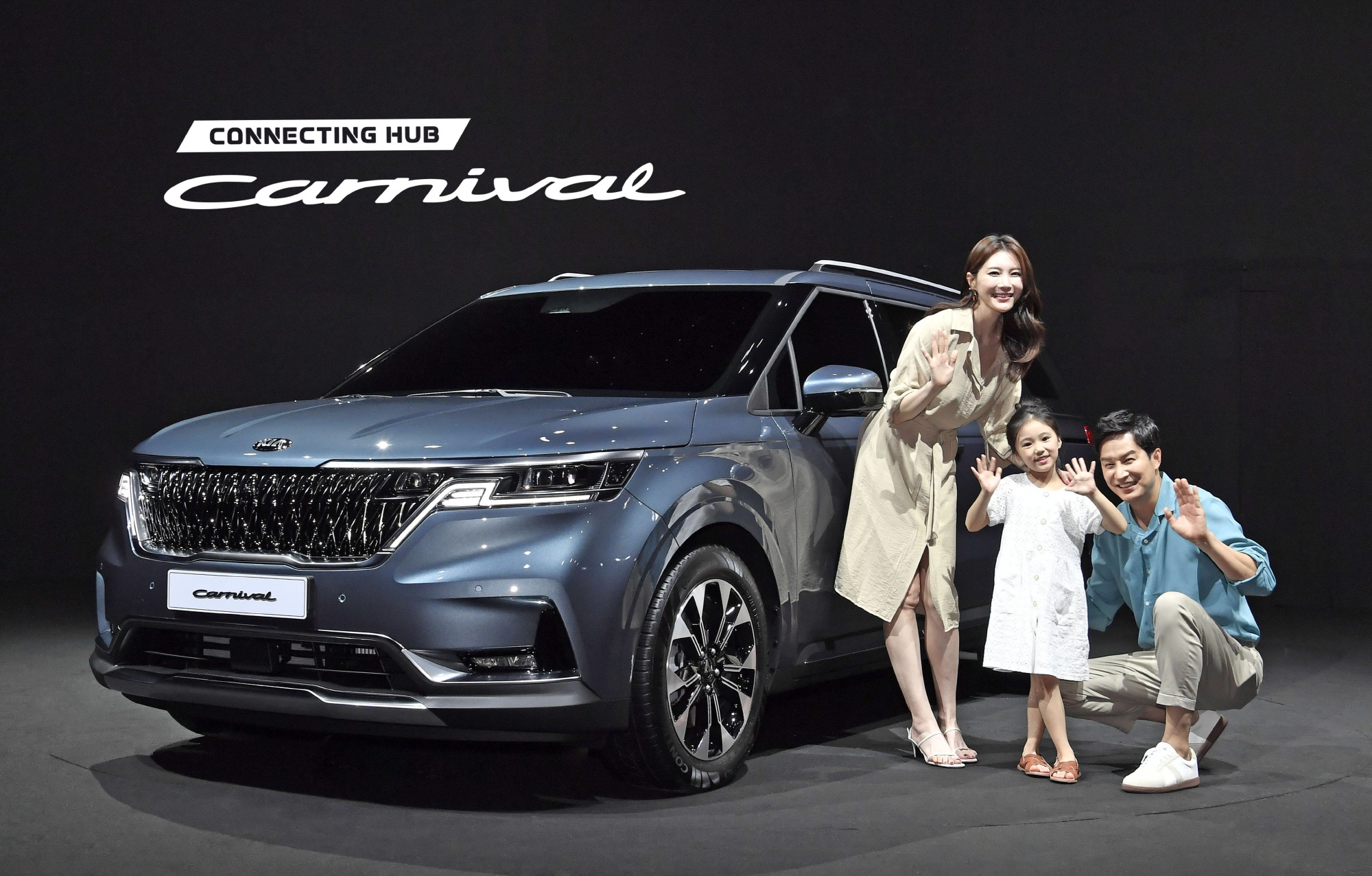
Kia announced its Q1 2023 performance results on the 26th.
Kia sold 768,251 units in Q1 2023 (up 12.0% year-on-year), and the financial results showed revenues of 23.69 trillion won (up 29.1%), operating profit of 2.87 trillion won (up 78.9%), ordinary profit of 3.14 trillion won (up 107.0%), and net profit (including non-controlling interests) of 2.12 trillion won (up 105.3%). (IFRS Consolidated Basis)
Key profitability metrics such as revenue and operating profit hit record highs for a quarter, achieving maximum performance for the second consecutive quarter since last year’s Q4, with an operating profit margin of 12.1%, the highest among global automakers.
A Kia official stated regarding the Q1 performance, “The increase in sales is attributed to steady demand coupled with normalization of production and expansion of available inventory, alongside improvement in the profit structure due to increased sales prices from high-margin vehicle sales and reduced incentives, all enhanced by favorable foreign exchange rates, leading to record high revenues and operating profit.”
Regarding the outlook for the first half of 2023, he mentioned, “Despite a high uncertainty environment such as continued high interest and inflation trends and international tensions, we expect to maintain and expand profitability through increased sales volume due to the seasonality of sales, an improved sales mix centered around high-margin SUVs, and the successful launch of the flagship electric SUV EV9.”
In Q1 2023, Kia’s sales included ▲141,740 units domestically (up 16.5% year-on-year) and ▲626,511 units internationally (up 11.1% year-on-year), totaling ▲768,251 units globally (up 12.0% year-on-year). (Wholesale basis)
Domestic sales increased due to normalization of production following improvements in parts supply, particularly for popular RV models such as Carnival, Sportage, and Sorento, achieving a double-digit growth rate thanks to the favorable comparison with last year’s semiconductor shortages.
International sales benefited from an increased stock availability due to improved supply, creating a virtuous cycle that led to double-digit growth in major markets. Notably, the U.S. market expanded sales centered on key RV models, with increased production from the transition to three shifts at the Indian plant and a strong effect from the new Sportage and Carens models (in India).
Q1 revenue achieved 23.69 trillion won, a 29.1% increase from the previous year, driven by ▲increased sales volume due to production normalization ▲sustained increase in average selling prices ▲and favorable foreign exchange effects.
Cost of goods sold improved by 3.1 percentage points to 77.3%, despite raw material price increases. The sales and administrative expense ratio fell by 0.2 percentage points year-on-year to 10.6% due to the high revenue growth.

Operating profit in Q1 increased by 78.9% to 2.87 trillion won, driven by ▲sales expansion ▲improvements in the sales mix towards high-end, high-margin vehicles like RVs and price increases ▲and reduced incentives due to the ‘getting the right price’ policy based on product quality and brand strength. Thus, the operating profit margin also rose by 3.3 percentage points to 12.1%.
The average exchange rate of the won to the dollar was 1,276 won in Q1, a 5.9% increase year-on-year, showing that the weakened Korean won significantly contributed to revenue growth and profitability improvements.
Kia’s sales of eco-friendly vehicles increased by 21.1% year-on-year to 133,000 units in Q1, primarily due to the introduction of the new Sportage hybrid and plug-in hybrid models, with the proportion of eco-friendly vehicle sales reaching 18.1%, up 2.3 percentage points year-on-year. (Following retail sales, rounded to the nearest hundred)
By type, hybrids recorded 71,000 units (up 40.1% year-on-year), plug-in hybrids totaled 21,000 units (up 32.8%), and electric vehicles accounted for 41,000 units (down 5.7%).
The share of eco-friendly vehicle sales varied significantly across key markets, with domestic sales at 32.0% (up from 30.0% year-on-year), Western Europe at 36.0% (up from 33.6% year-on-year), and the U.S. at 14.0% (up from 12.3% year-on-year).
The trend of diversifying electric vehicle sales, which were primarily concentrated in certain regions, continued. In Q1 of last year, Western Europe and the U.S. accounted for 74.7% of total electric vehicle sales, but in Q1 of this year, these figures dropped to 44.1% for Western Europe and 14.9% for the U.S., while the domestic share rose to 34.3%, with other regions centered around emerging markets, capturing 6.7%.
Kia remains vigilant about the increasing volatility in raw material prices due to international geopolitical instability, as well as the impact of high interest rates and inflation on consumer sentiment. Nevertheless, the strengthening of the structurally established virtuous cycle system is expected to continue.
As the second quarter approaches—the peak period for annual auto sales—Kia plans to rapidly address this high demand across global regions through maximum production and sales, while further reinforcing its focus on eco-friendly and high-margin RV models.
This year, Kia will first launch the EV9 domestically in the first half and introduce it to advanced markets such as Europe and the U.S. in the second half. With plans to win accolades such as ‘North American Car of the Year’ and ‘European Car of the Year,’ Kia aims to solidify its position as a premier electric vehicle brand based on its world-class electric vehicle competitiveness.
The EV9, a flagship electric SUV utilizing OTA (over-the-air updates) for demand-responsive Feature on Demand services and equipped with level 3 autonomous driving technology, is expected to significantly elevate Kia’s dominance in the electric vehicle market.
In the vital U.S. market, which plays a critical role in enhancing sales and profitability, Kia will expand production of its popular SUV, the Telluride, while intensifying the sale of high-margin models across various vehicle classes.
In Europe and India, Kia also focuses on expanding the sale of profit-generating SUVs such as Sportage and Seltos, while sequentially introducing core electric vehicles like EV6 GT, EV6, and EV5 (in China) to further increase eco-friendly vehicle sales.
Moreover, as the second quarter leads into the peak selling season, with expectations for intensified promotional competition among manufacturers, Kia is committed to maximizing profitability through differentiated incentives and pricing policy based on heightened product quality confidence and targeted profit margins.

Written by Sang-Jin Lee daedusj@autodiary.kr

